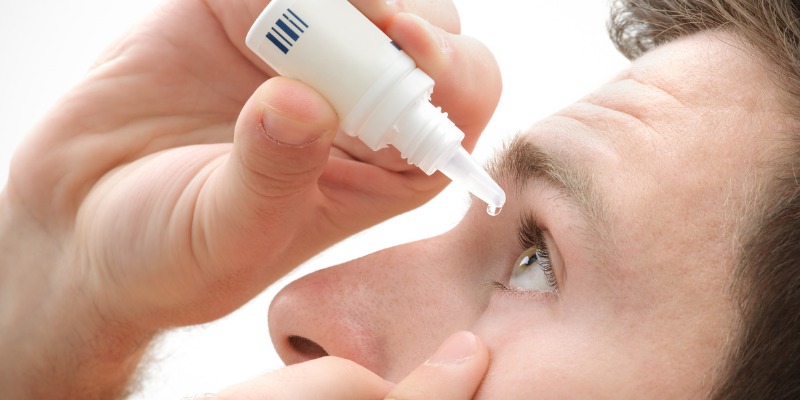by Neda Shamie, MD
![]() Traditionally we haven’t had many great options for treating stubborn conditions that affect the eyelid and ocular surface such as blepharitis and ocular rosacea. During my training, we would recommend baby shampoo as a cleanser which would be quite irritating to the ocular surface and really didn’t get to the crux of the problem, leaving some patients with continual symptoms such as itchiness and irritation.
Traditionally we haven’t had many great options for treating stubborn conditions that affect the eyelid and ocular surface such as blepharitis and ocular rosacea. During my training, we would recommend baby shampoo as a cleanser which would be quite irritating to the ocular surface and really didn’t get to the crux of the problem, leaving some patients with continual symptoms such as itchiness and irritation.
Luckily today, we have other options for patients that are much more effective. One such option that has become a ‘go to’ in my practice is derived from all natural tea tree oil. It’s different from traditional treatments due to its effectiveness and ability to get to the core of the problem. Additionally, its active ingredient of 4-Terpineol, a constituent of tea tree oil, safely and effectively cleans the lashes, eyelids, and skin without the toxicity of natural tee tree oil. It’s the only product that I have seen that contains 4-Terpineol with extensive clinical studies, as well as safe and effective outcomes.
 And for those patients with ocular rosacea, Demodex and blepharitis, it gets to the main source of the problem, mites, and kills them. I’ve seen this from plucking the lashes prior to treatment and looking at them under a microscope, then re-evaluating the lashes after a course of treatment, and truly see the problem resolved. My patients are clearly seeing results, and within weeks. This is a huge relief for many patients, some of whom have tried many treatments without success.
And for those patients with ocular rosacea, Demodex and blepharitis, it gets to the main source of the problem, mites, and kills them. I’ve seen this from plucking the lashes prior to treatment and looking at them under a microscope, then re-evaluating the lashes after a course of treatment, and truly see the problem resolved. My patients are clearly seeing results, and within weeks. This is a huge relief for many patients, some of whom have tried many treatments without success.
We also don’t really know if every patient who has Demodex is symptomatic. In my practice I’ve found that a large percentage of patients with ocular rosacea who don’t respond to traditional treatment, have Demodex. By treating them with eyelid wipes containing 4-Terpineol, their symptoms improve.
Additionally, in perioperative patients, the health of the eyelids and lashes is very important, as they can be a breeding ground for infection. A patient undergoing cataract or refractive surgery can be at great risk for infectious keratitis or even endophthalmitis. In perioperative patients with bacteria and inflammation present, I’m quite aggressive in starting treatment right away to get to the problem and prevent future issues.
Our goal as doctors is always to get to the “crux of the problem” and not just treat the surface layers of an issue. When that opportunity is presented, it’s very powerful, and can cause quite a paradigm shift in the way we treat patients. For me, eyelid wipes containing 4-Terpineol offers that type of paradigm shift. It’s truly exciting to be able to tell my patients about this treatment option available to them.
Neda Shamie, MD specializes in diseases related to the cornea, anterior segment and ocular surface. She is in practice at Advanced Vision Care in Los Angeles, California and is an adjunct Associate Clinical Professor at the USC Eye Institute.




